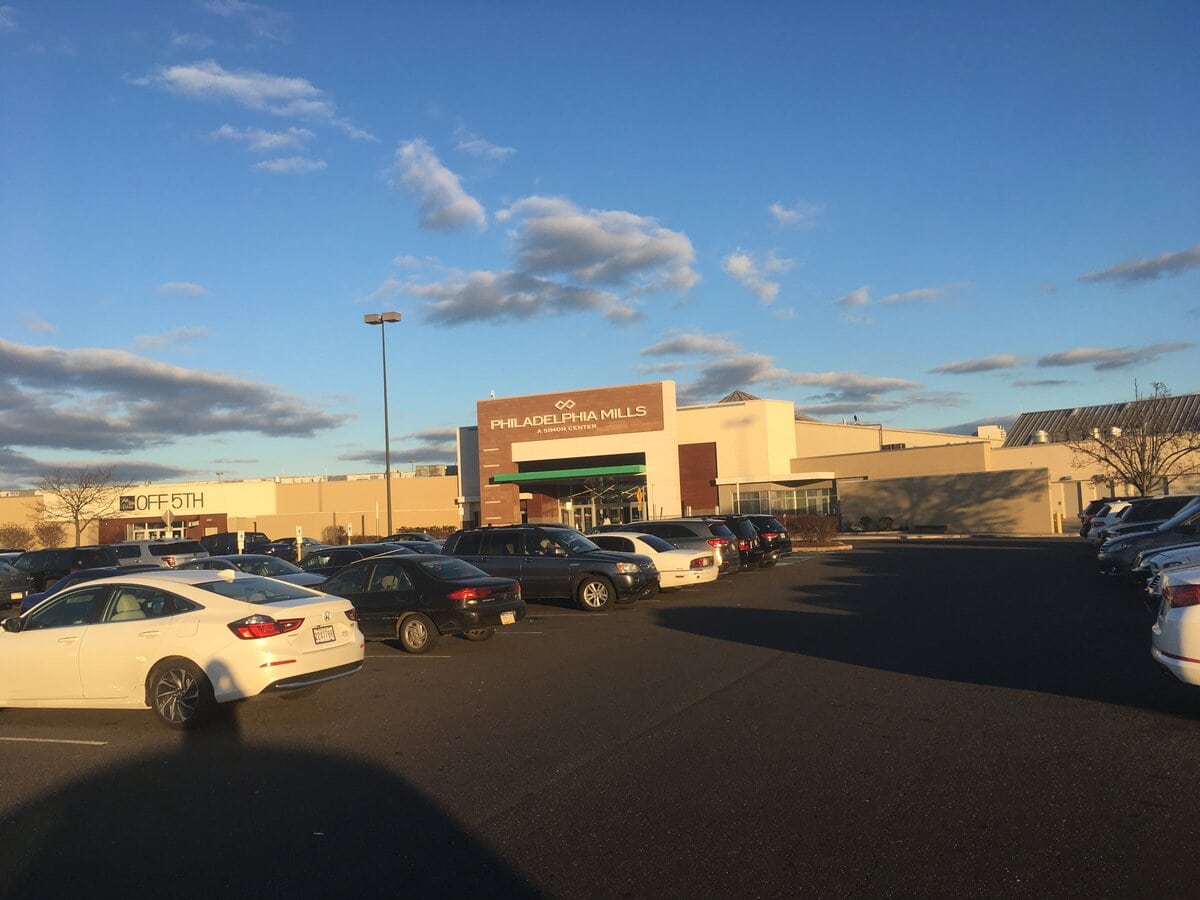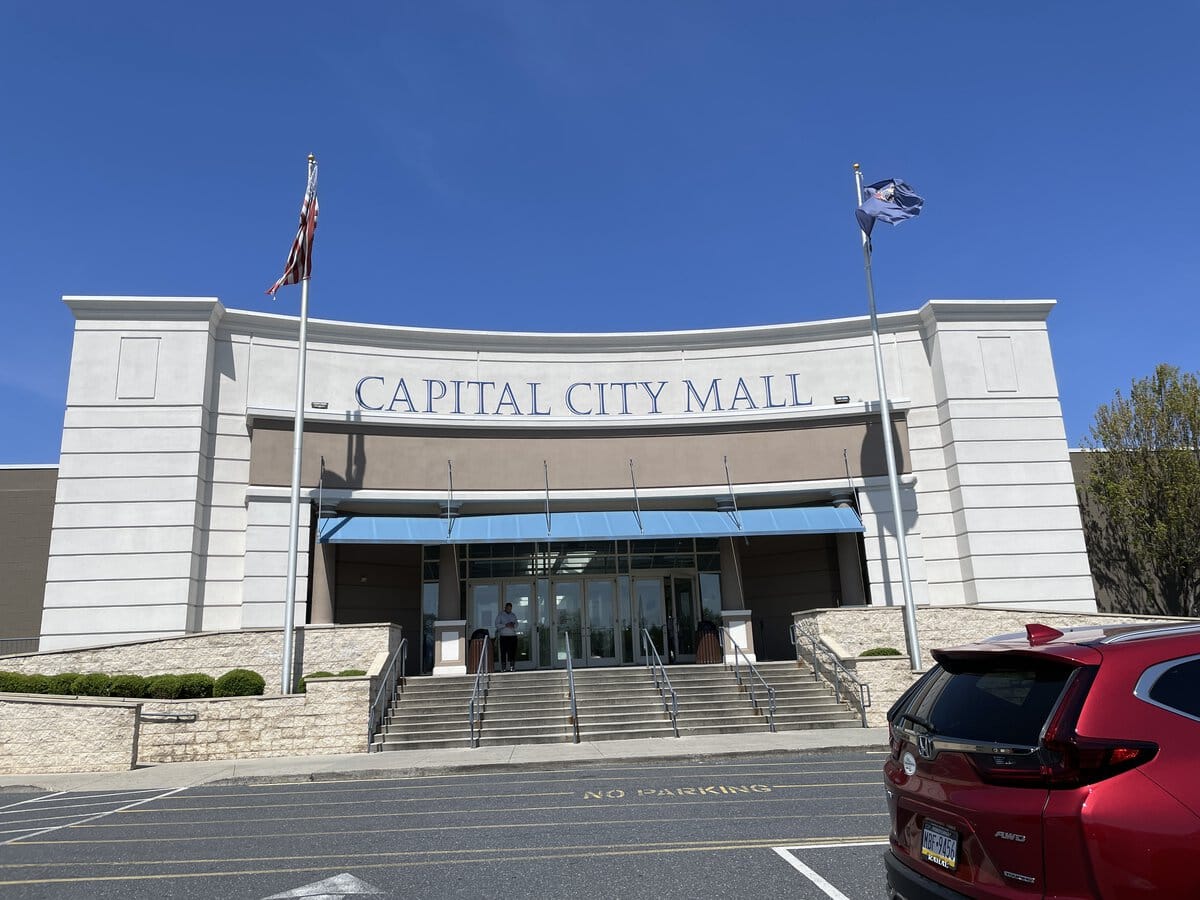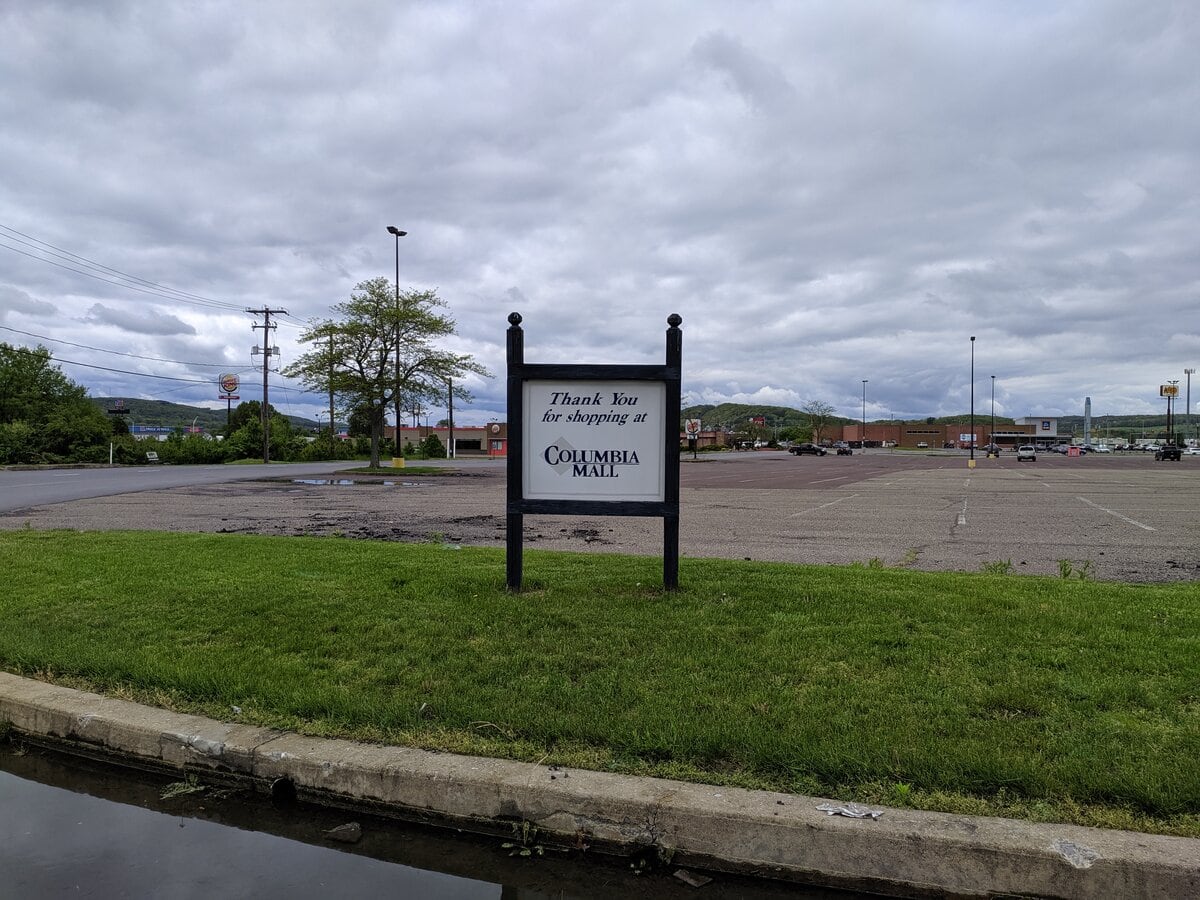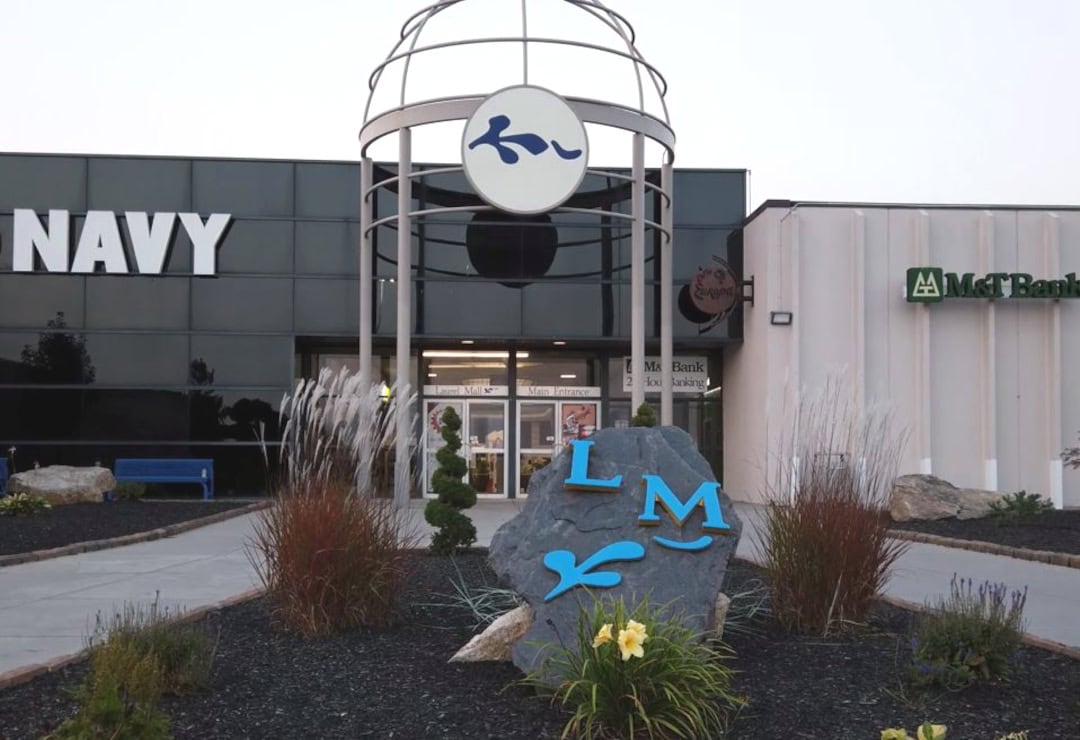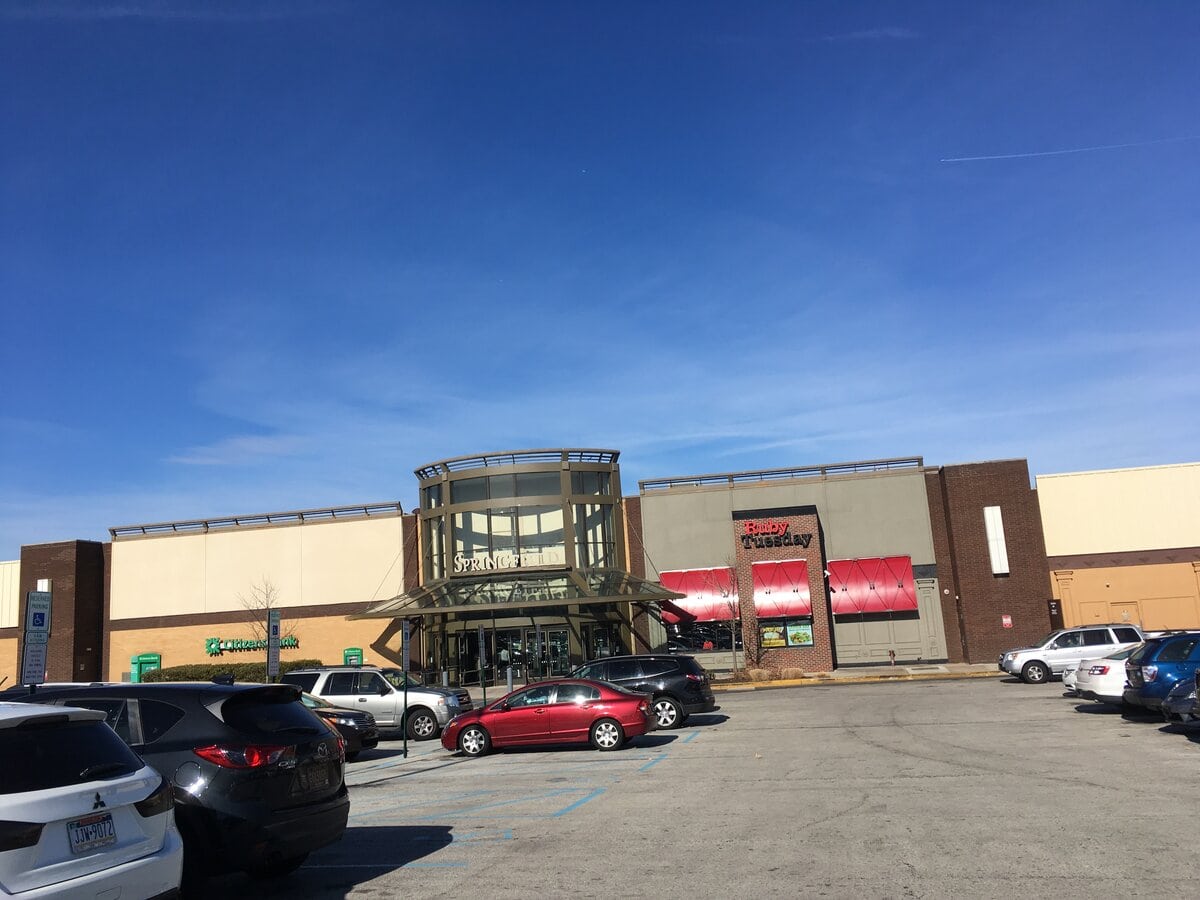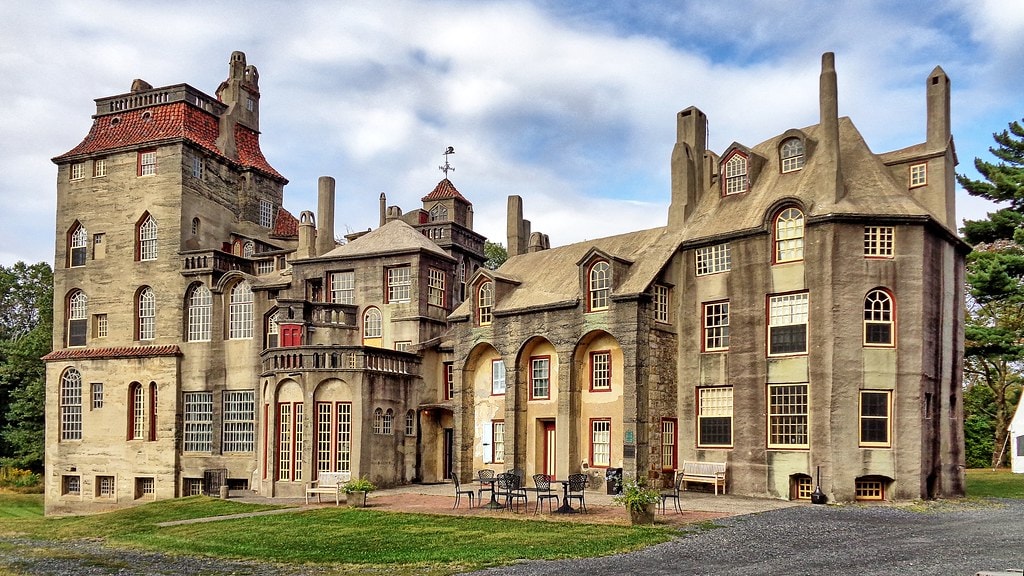Still Watching Over Reading
Walk up Duryea Drive, and the Pagoda looms above Reading, Pennsylvania, both familiar and peculiar all at once.
Finished in 1908, this seven-story wooden structure sits high above the city, surrounded by legends, casual visitors, and the steady winds rolling off Mount Penn.
Locals know it as a fixture that endures no matter the weather, a kind of anchor for anyone trying to place Reading on the map. The Pagoda wasn't built for the skyline, though; it arrived as a surprise, a hotel centerpiece meant for a resort that never appeared.
More than a century later, it keeps showing up in postcards, stories, and lists of things to do in Reading, PA, reminding everyone that some plans outlast their purpose, taking on a new life of their own.
Construction, Cost, and the Lost Resort
Construction on the Pagoda began in 1907, driven by plans to turn Mount Penn into the backdrop for a luxury getaway.
Builders finished the structure in 1908, spending about $50,000 for a project designed to impress from every angle.
Seven stories of wood stood out against the landscape, with a footprint measuring 28 by 50 feet and a height of 72 feet.
Each detail, the rooflines, the balconies, even the cliffside perch 620 feet above the city, hinted at the original ambitions behind the project.
Yet by the time work wrapped up, the rest of the resort had vanished from the developer's agenda.
The idea faded, but the building remained. Ten acres surrounded the Pagoda, leaving it as both an artifact and an oddity.
When plans fell through, what should have been the centerpiece became the whole story.
The city would soon step in, but for that first chapter, the Pagoda was just waiting, standing silent at the edge of Mount Penn, unfinished business turning into a landmark.
A Public Handoff: From Ambition to City Ownership
After the hotel idea collapsed, the Pagoda and its patch of land sat unfinished, overlooked, and without much purpose.
The turn came in 1911 when the property was donated outright to the City of Reading, no payment, no negotiation, just a shift from private hands to public care.
Once in city custody, the Pagoda found itself part of a growing patchwork that became the Mount Penn Preserve, eventually covering more than 1,595 acres under municipal management.
The building didn't draw crowds for commerce or trade, but it became a city asset all the same.
Its future, once tied to private developers, now depended on city council votes, budgets, and public interest.
The city kept the structure standing, but the question of what to do with a seven-story wooden oddity never entirely faded.
With every annual budget and every new plan for the park, the Pagoda's fate reflected the shifting priorities of Reading itself.
No big real estate sale, no new construction, just a handover that left the Pagoda as a public project from that point forward.
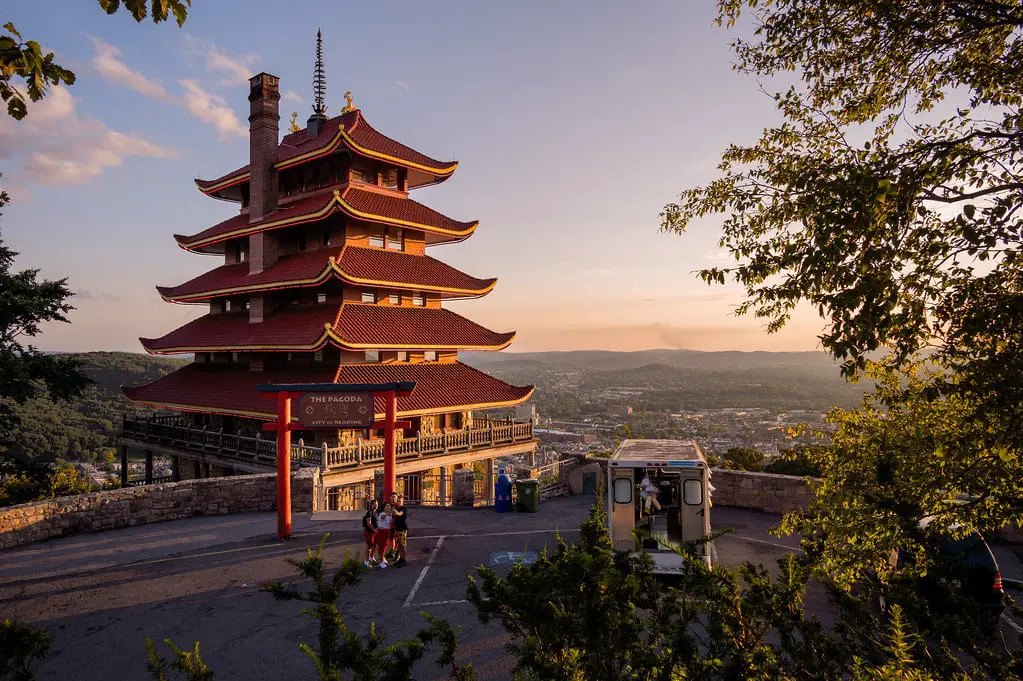
A Cliffside Structure: Numbers, Scale, and the View
The Pagoda's numbers make their own impression: 28 feet wide, 50 feet long, and seven stories tall, each level built from wood.
The choice of materials alone set the building apart from the brick and stone found elsewhere in Reading.
Perched on a cliff, the base sits 620 feet above the city, and the whole structure reaches 886 feet above sea level.
Step onto any of its balconies, and the sweep of the view goes for thirty miles.
There's no hint of commercial branding or flashy signage, just stacked roofs and railings, each meant to echo Japanese architecture.
Every measurement, from the footprint to the height, was shaped by the first plan for a resort.
The site's exposed position, right up to the edge, means weather, wind, and time have tested every board and post.
Still, each element remains, holding the spot for visitors, photographs, and those who show up just to stand a bit above the city and look out.
Cultural Artifacts and the 1739 Bell
Visitors who wander to the Pagoda's top level often pause at the sight of a heavy bronze bell, suspended with little fanfare but with centuries of story built into its side.
Cast in 1739 in Obata, Mie Prefecture, Japan, this tocsin once rang out over a Buddhist temple in either Ogose or Hannō, both located just north of Tokyo.
That original temple shut its doors in 1881 and, not long after, was destroyed, leaving the bell without a purpose or a home.
It's a curiosity in Pennsylvania, far removed from its first setting, and the sides are marked with forty-eight donor names, all in Japanese characters, along with a prophecy about the end of time.
The precise chain of sales and transfers that brought the bell from Japan to Reading isn't fully documented, but by 1908, it was installed in the Pagoda, an object out of place and yet perfectly at home in this odd landmark.
For more than a century, it's watched the city from above, silent, heavy, marked by old ambitions.
Its presence offers a small puzzle for every visitor who lingers on the top floor, wondering how a bell forged for prayer ended up in a building meant to sell mountain views.
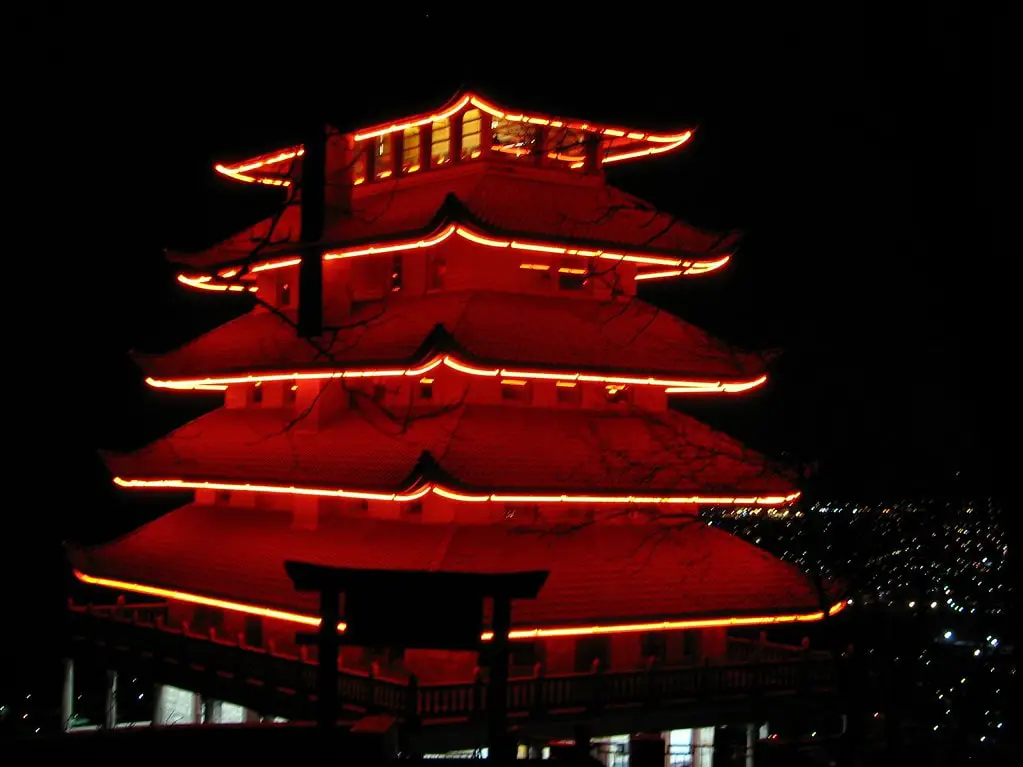
Wartime Pressure, 1949 Restoration, and Material Change
The 1940s saw the Pagoda become a lightning rod for controversy, largely because of its obvious Japanese inspiration.
Wartime anxieties led to public calls for the building's demolition; suddenly, its curved rooflines and imported bell became a liability rather than a novelty.
City officials resisted, and instead of tearing the Pagoda down, they authorized repairs.
By 1949, the structure needed serious attention anyway, and the lower story, along with its balconies, was rebuilt in stone for added strength.
This change didn't erase the original look, but it did alter the texture of the building, giving it a new layer of local resilience.
Later, in 1960, neon lights were installed, outlining each roof and balcony with a red glow once the sun dropped out of sight.
That combination of electric light and wooden structure only deepened the Pagoda's odd charm.
In the 1970s, attention turned outside the garden was reestablished, and Japanese cherry trees were planted to soften the approach.
Through each shift and every material change, the Pagoda kept its place at the edge of Mount Penn, reflecting the mood of Reading in stone, wood, and bright red light.
Preservation and Ongoing Legacy
November 7, 1972, marked a new chapter: the Pagoda was added to the National Register of Historic Places.
This designation gave formal weight to the structure's place in Reading's history.
Today, ownership of the building and its grounds remains with the City of Reading, but management and daily oversight fall to the Foundation for the Reading Pagoda.
Their work keeps the building operational and plans new projects, keeping track of needs from routine maintenance to visitor policy.
Pagoda Skyline, Inc., founded in 1969 as a nonprofit group, plays a role, too, lending volunteers and funds not just to the Pagoda but to the William Penn Memorial Fire Tower and Skyline Drive.
Each of these organizations operates with a different set of tasks.
Still, all of them have shaped Pagoda's ongoing presence on Mount Penn, making sure repairs, upgrades, and day-to-day operations move forward regardless of whether or not the building is open for visits.
Long after the neon was installed, the Pagoda saw more updates.
In 2008 and 2009, workers replaced the old neon with modern LED lighting, bringing the building in line with new energy codes and making maintenance easier.
A webcam appeared on the third floor, quietly recording and sharing the weather on Mount Penn for anyone interested.
Each of these changes happened for practical reasons, but together, they shifted how the Pagoda looked, how it fit into the routines of Reading, and how people kept track of it from afar.
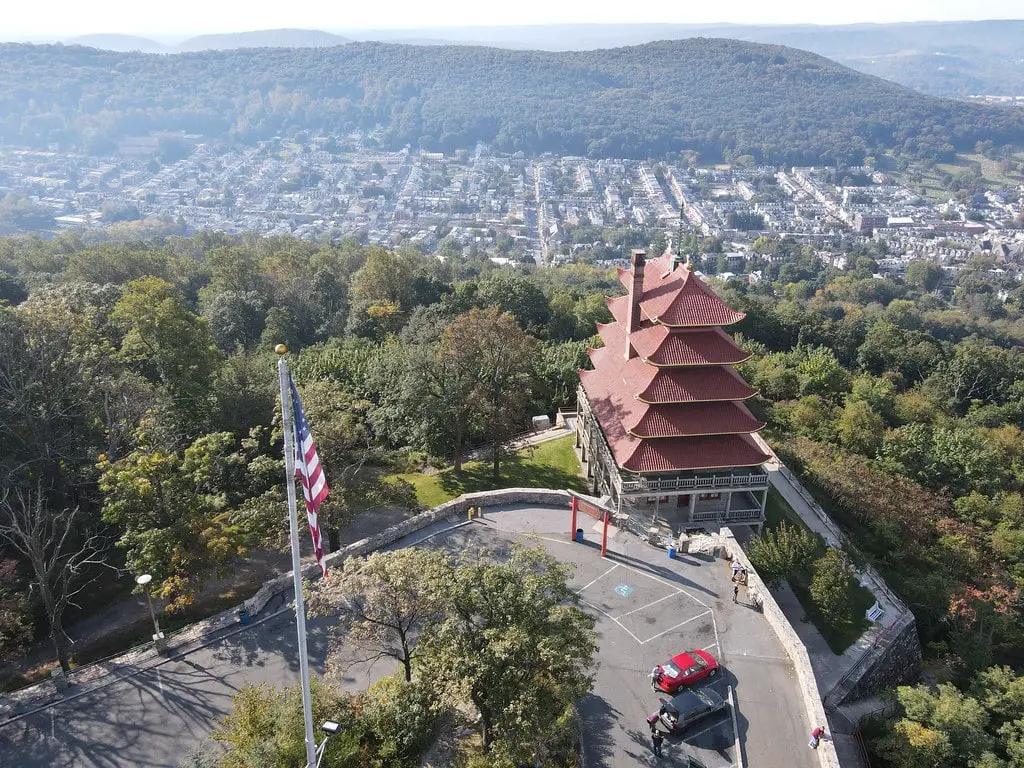
The 2025 Restoration, Work, Funding, and a Pause
In April 2025, scaffolding went up around the Pagoda, and the doors closed for what city officials called a long-planned restoration.
This round of work wasn't routine patching.
For the first time in years, contractors tackled core infrastructure: new HVAC, upgraded electrical and plumbing systems, repairs to the woodwork, fresh paint, and attention to the stone balconies first rebuilt in 1949.
The restoration budget reached $4.8 million, paid from a mix of American Rescue Plan Act funds and unspent 2024 capital improvement dollars.
The city coordinated with the Foundation for the Reading Pagoda to ensure public updates, posting notices about closure dates and expected milestones.
As of June 2025, the Pagoda's signature red lights were off, and Mount Penn's summit felt emptier without visitors making their weekend drives.
Restoration is scheduled to wrap by October, but the building won't reopen to the public until spring 2026, giving time for finishing touches and a new operational plan from the foundation.
The work has put the Pagoda off-limits, but every update from Reading City Hall and the foundation underlines the same point, this is a pause to preserve the next hundred years, not a final curtain.
🍀




